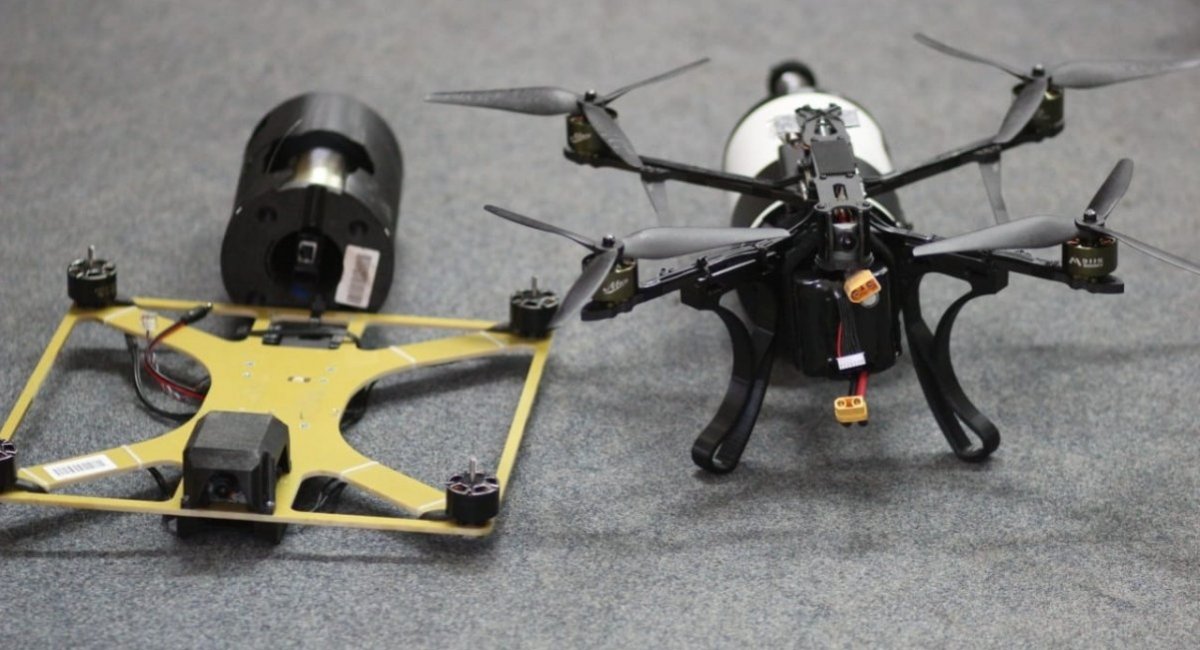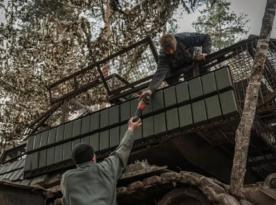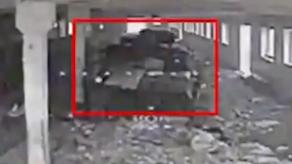On the battlefields of the russian-Ukrainian war, the use of FPV drones controlled via fiber-optic cables is becoming increasingly widespread. Small-sized aerial vehicles controlled through a cord stretching for dozens of kilometers are considered invulnerable to electronic warfare, if not to any other defense tool as well, and therefore capable of reshaping drone warfare in general.
To better understand all the nuances and real capabilities of FPV drones controlled via fiber optic cables, Defense Express talked to Oleksii Zhulynskyi, a war veteran and CEO of 3DTech drone manufacturing company that specializes in making them for the Ukrainian military. We asked two crucial questions about the tactical applications and the vulnerabilities of this weapon.
Read more: Ukrainians Made an FPV With Fiber-Optic Cord Stretching For 41 km
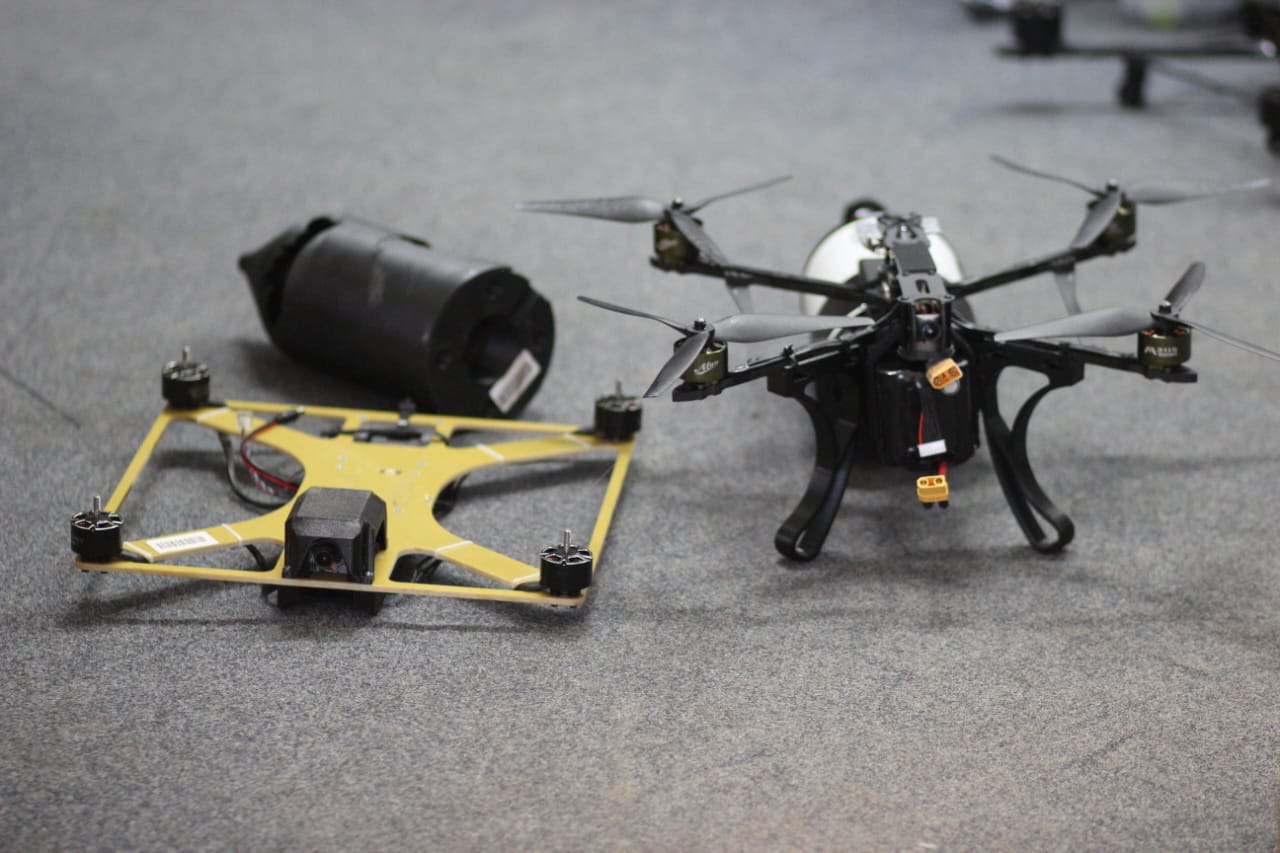
To begin with, let's generally outline that FPV drones controlled via optical fiber is a solution intended to counter enemy electronic warfare systems, since this type of UAVs doesn't rely on radio control and hence is absolutely unaffected by jamming or control interception.
Here's an example of a tactic that employs a fiber-optic FPV: first, the unit finds out which of the vehicles in the enemy column carries an electronic warfare system, and the next step is to neutralize this one vehicle using a fiber-controlled drone, then eliminate the others with conventional radio-controlled drones.
Moving on to promising countermeasures, there are several ways how the enemy can answer the fiber-optic challenge through kinetic means. In the Ukrainian context, for instance, the russians could physically destroy the FPVs using 12-gauge small arms, or net guns. Theoretically, they could also try to damage the fiber-optic cable itself, although it's extremely difficult to achieve in practice.
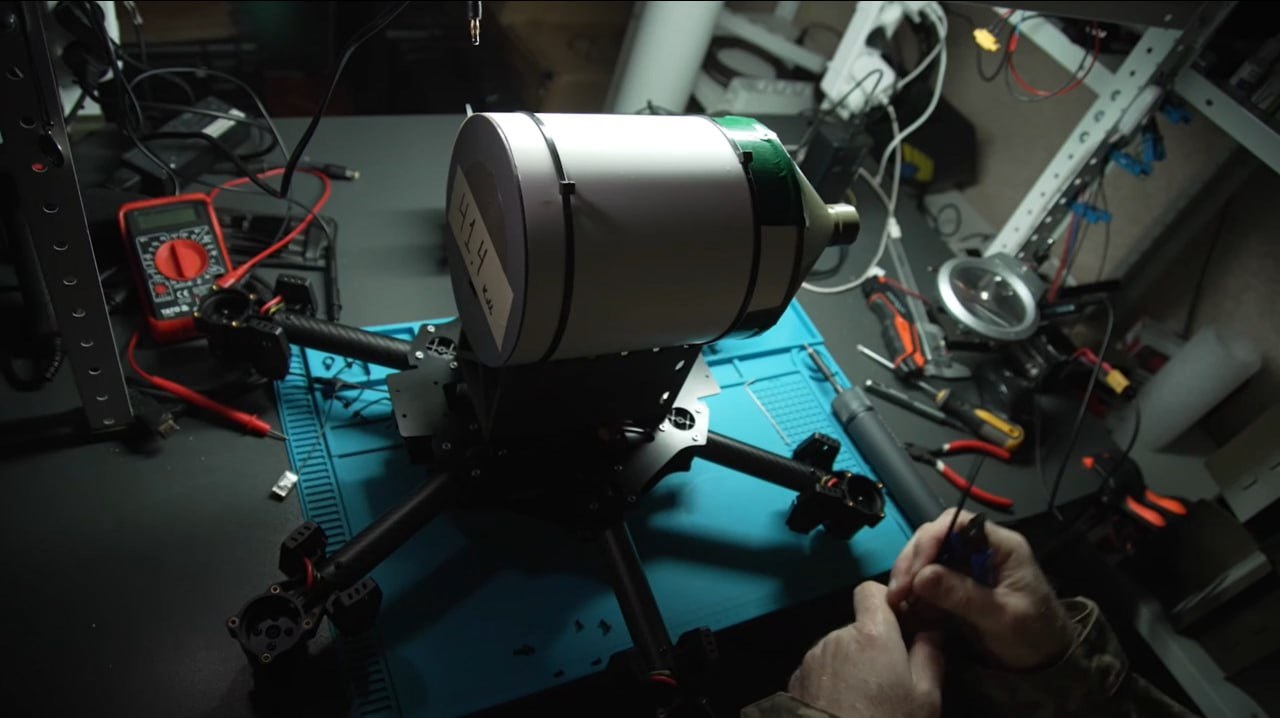
An alternative approach to countering a fiber-optic FPV is to use a drone of your own and take it down by ramming. To add to that, protection for static targets can be ensured by turrets with small arms equipped with AI-powered "machine vision" with threat recognition. According to the speaker, work on creating such turrets is already underway.
Besides, canopies and nets can prove quite effective. Drones get entangled in them, increasing a combat vehicle's chance of survival when the enemy tries to attack it with a fiber-optic-controlled UAV.
Worth noting, quite a few reports recently have mentioned troops in the field use special locators that can detect FPV drones but the technical details are not disclosed. However, it is important that all of the countermeasures above must be used in unison because fielding only one of them leaves openings and does not guarantee the desired effect.
Moreover, Zhulynskyi pointed out the following factor: russian fiber-optic drones are technically worse than Ukrainian ones but russians compensate for the drawbacks by cranking them out in very large quantities. This once again highlights the importance of a comprehensive approach to protection against fiber-optic FPV drones in order to prevail in this new facet of unmanned warfare.
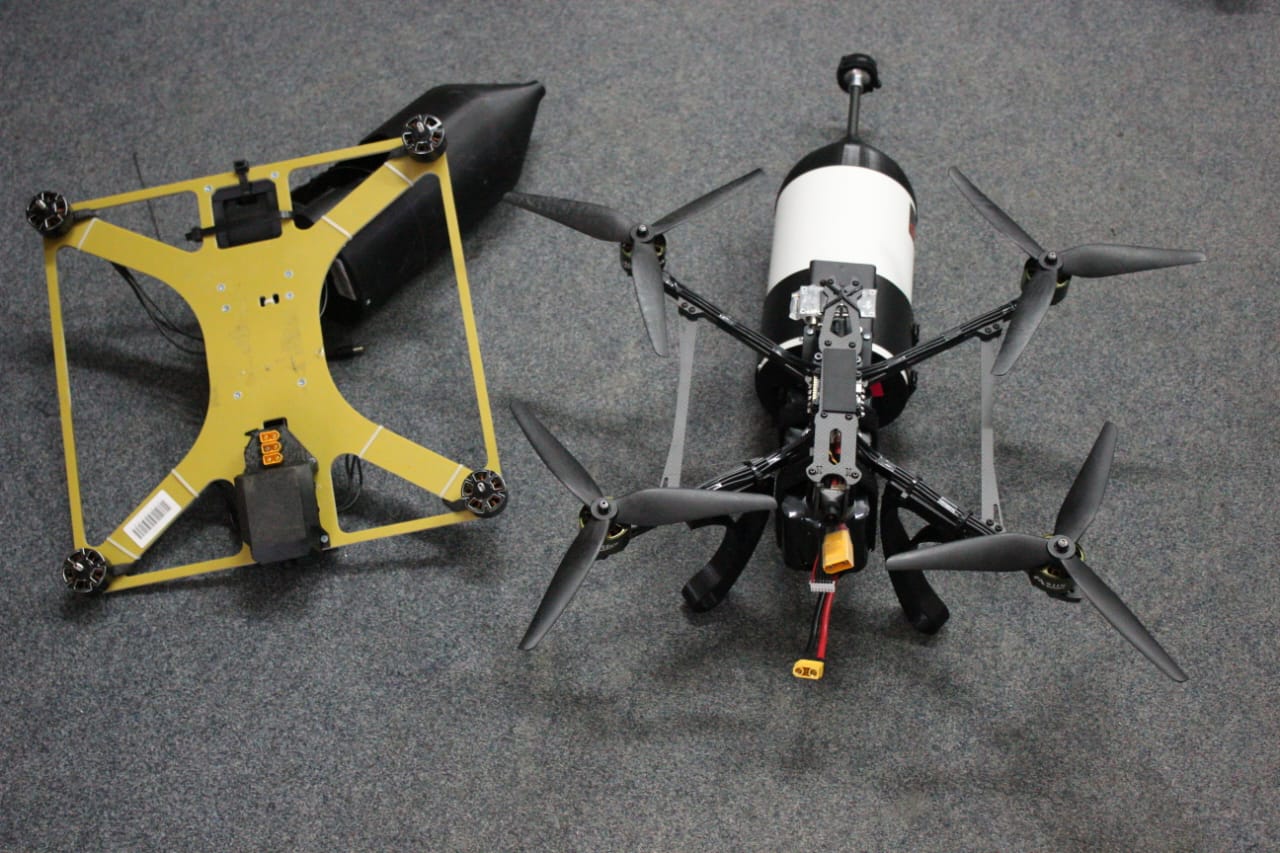
Read more: Wired FPV Drones on Optical Fiber: a Dead End, a Band Aid, or a New Technological Breakthrough? (Opinion)




